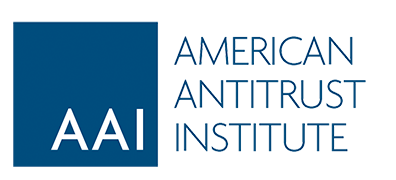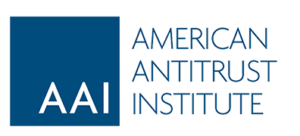Prepared as background for the AAI’s June 18-19, 2014 conferences on efficiency, this paper provides an overview of issues relating to the role of efficiency in antitrust, considering the various types of efficiency (allocative, productive, and dynamic) and the conflict of priorities that may exist among these three types; the breadth of economics and economists, and a comparison of the Chicago School version of economics with what is commonly taught in business schools; the role of efficiency in today’s antitrust analysis; and a discussion of what is excluded from today’s analysis, with an emphasis on non-efficiency economic values, including a discussion of externalities and inefficiencies such as X-inefficiency, diseconomies of scale, scope, and coordination, and the too-big-to-fail problem. The paper considers problems of prediction and quantification in the context of possible reforms and concludes that the pendulum has swung too far in favor of efficiency, but that reforms encompassing a broader view present their own difficulties, leading to the suggestion that if efficiency is to retain a formal role in analysis, then there should be both more development of the concept of what is a cognizable efficiency and also development of the concept of cognizable inefficiency, which in situations involving high levels of concentration, should be netted out against efficiencies.



